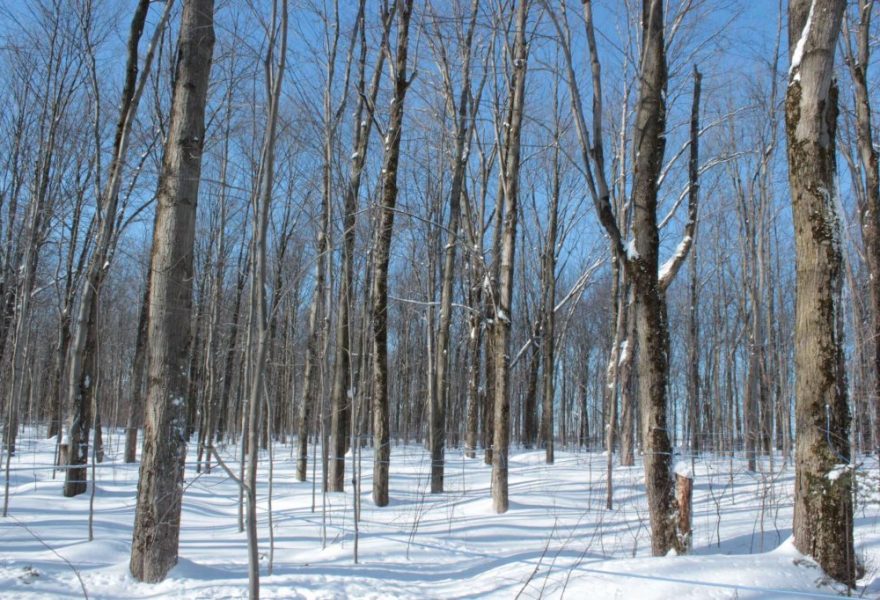From sap to syrup: making maple syrup

Maple syrup has been a recognised food source for centuries, from oral accounts and archaeological evidence we can trace its consumption back to the indigenous population of North America before European settlers had arrived. Let’s delve deeper into the history of maple syrup and the harvesting process.
The history of maple syrup
When the European settlers did start to colonise North America in the 15th century, they also took it upon themselves to refine maple syrup production methods.
In the present day, virtually all the world’s maple syrup is produced by Canada and the United States. Within this, Quebec is the largest maple syrup-producing district, responsible for 70% of the world’s maple syrup output.
What is maple syrup made from?
Maple trees produce maple sap that is then used to make maple syrup. There are more than 150 species of maple tree in the world. Throughout the summer maple trees use photosynthesis to produce sugar which is then stored as starch in its roots, as well as promoting cellular respiration and growth.
During spring, the trees freeze with the frost in the evenings and thaw in the days with the increasingly warm weather. This promotes the flow of sap through the maple trees. During the evenings frost the water absorbed through the tree’s roots rises through the tree and soaks up the sugar as it goes. Then, as the morning dawns, gas in the tree’s fibres begin to expand which forces the sweet sap towards the tree trunk.
How do you harvest maple sap?
The traditional method for collecting maple sap from maple trees began with drilling holes into the tree trunks and hammering in taps to allow the sap to flow out with the use of gravity. People would then hang pails and buckets on these taps to collect and transport the maple sap to the sugar shacks.
Today, the cultivating methods are more advanced to reduce the manual labour involved in mass production. Most maple farmers now use tubing systems – plastic lines attached to spiles at multiple trees. These tubes are connected to a conduit that transports the maple sap, by gravity or vacuum, directly to the sugar shack.
How maple sap becomes maple syrup
It takes an average of 40 litres of maple sap to produce one litre of maple syrup, however, it all depends on the sugar content of the syrup – the higher the sugar content, the less sap you need. Sugar shacks boil down the sap and use reverse osmosis technology to concentrate the sugar content of the maple sap and create maple syrup.
Maple sap is officially maple syrup when it has a natural sugar content of 66% or more. However, from maple syrup, many maple products can be manufactured. If you further heat and process the maple syrup you can create maple sugar, maple spread and maple taffy.
Learn more about how maple syrup is produced or discover ways in which you can eat naturally with maple syrup.
A natural source of energy
Maple syrup is a natural source of energy. Check out our recipes for food and drinks before, during, and after exercise.
)